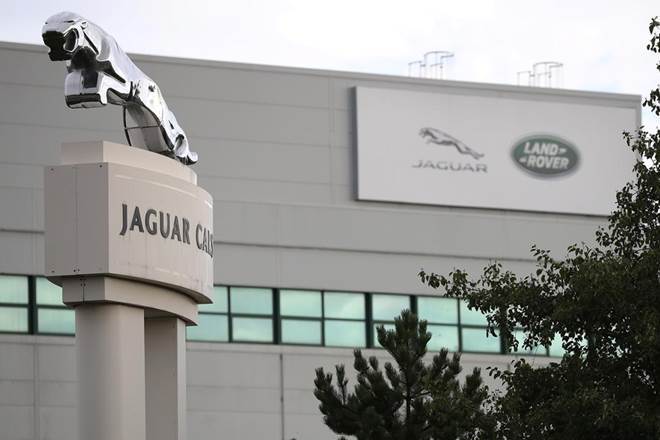JLR continued to show a sharp y-o-y margin improvement as its efforts to cut costs seem to be yielding results led by Project Charge. In fact, the management announced Charge+ which will yield savings of £1.1 billion across investment, working capital and costs over Q4FY20E and FY21E as Charge has already exceeded its target of £2.5 billion during Q3. Standalone performance remained weak with CV margins additionally impacted by `2.4 billion one-off related to prior periods.
JLR’s Ebit margin at 3.7% vs. -3.1% last year helped by less employee and other expenses as well as some gross margin expansion. Project charge contributed to more than a third of the improvement (£154 million); better sales mix, lower depreciation and amortisation and lower warranty costs were some of the other factors. Free cash flow remained negative £144 million but also showed improvement y-o-y. Chery JLR remained loss-making though despite the sharp improvement in volumes during the quarter.
Standalone performance remained weak with PVs remaining Ebitda negative and CV margins also weak even adjusting for a `240-crore one-off charge. Management attributed the weakness in CV margins to high discounts to clear BS IV inventory in addition to weak economies of scale due to a sharp volume decline.
Having exceeded its Project Charge target (£2.9 billion improvement by Q3 vs a target of £2.5 billion by Q4), JLR is now moving to Charge+.
We cut our volume estimates for JLR and standalone business but raise our margin estimates for JLR to reflect better cost efficiencies. Our price target increases to `220 (`200 earlier) as we also roll forward. We maintain ‘buy’ on the stock with continued margin improvement in JLR and growth recovery in standalone business being the two key catalysts.


